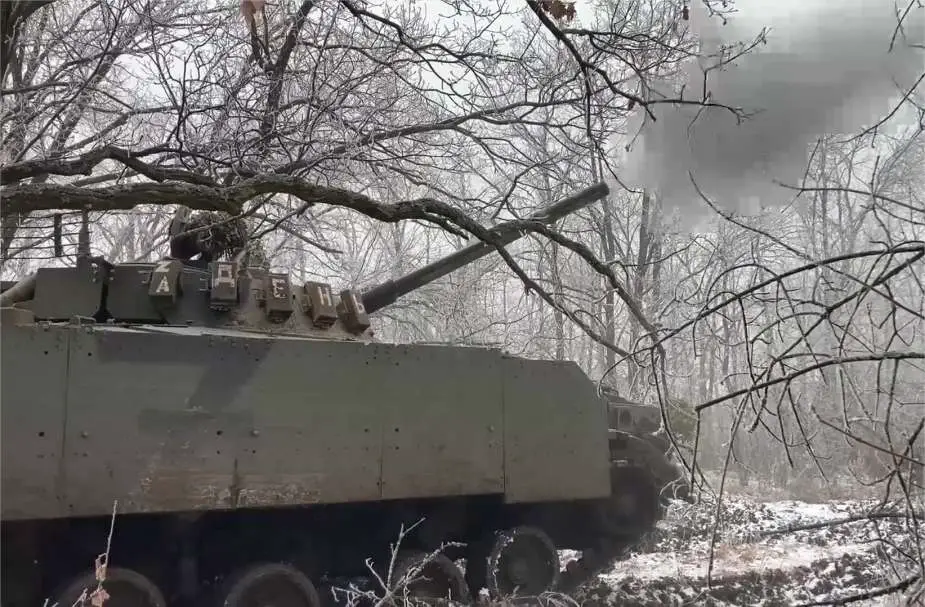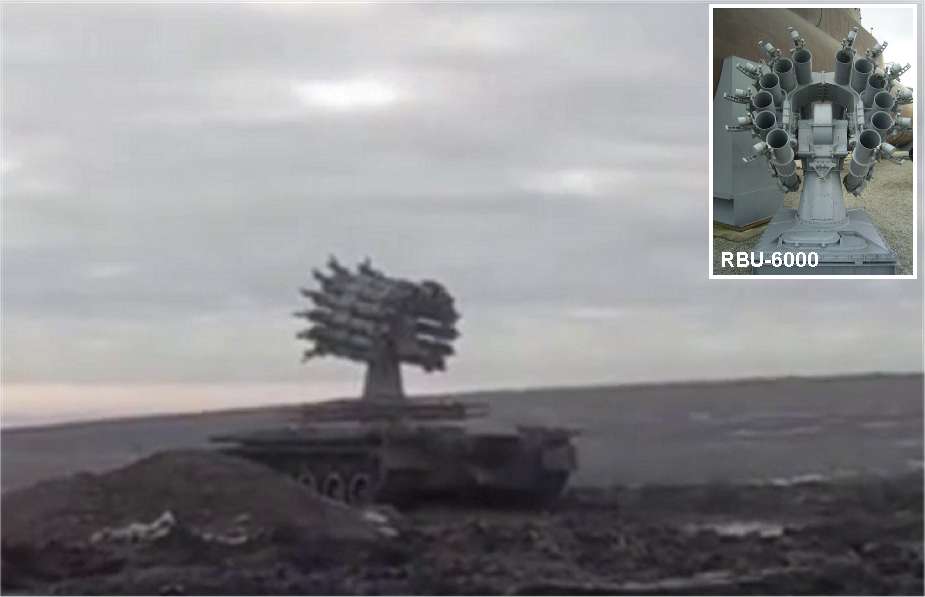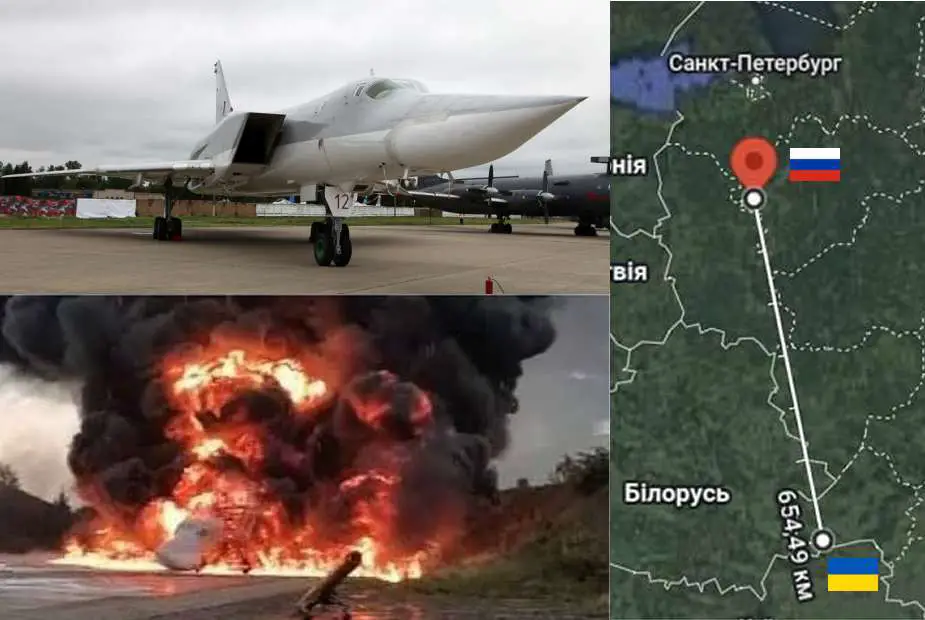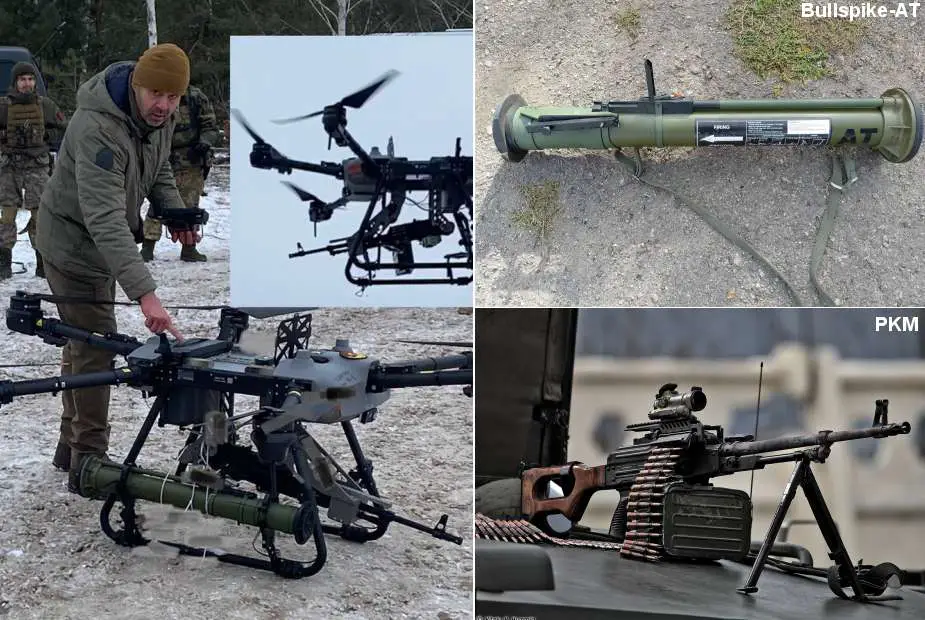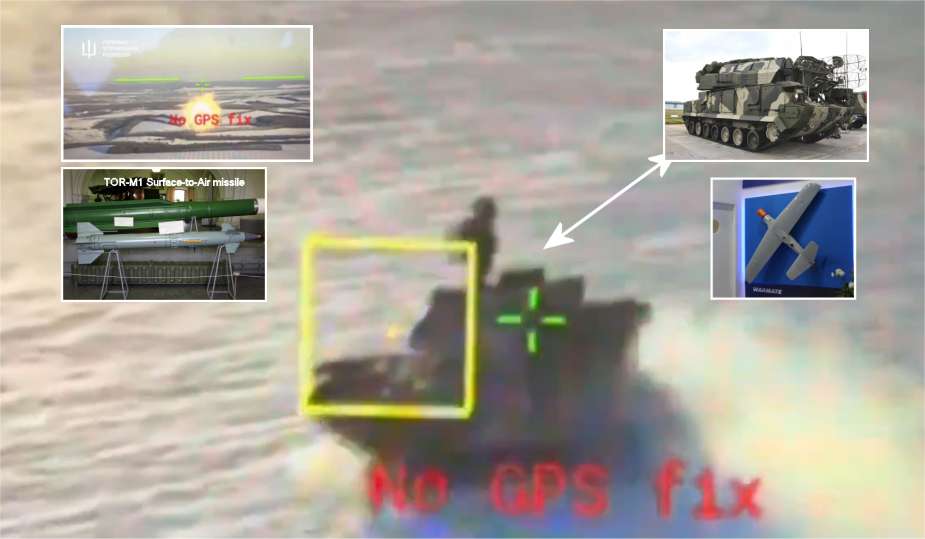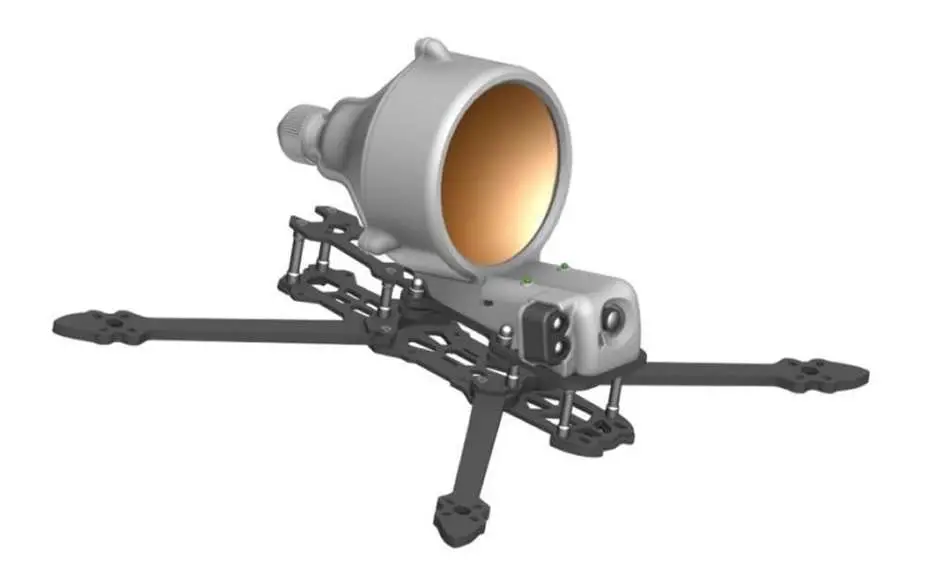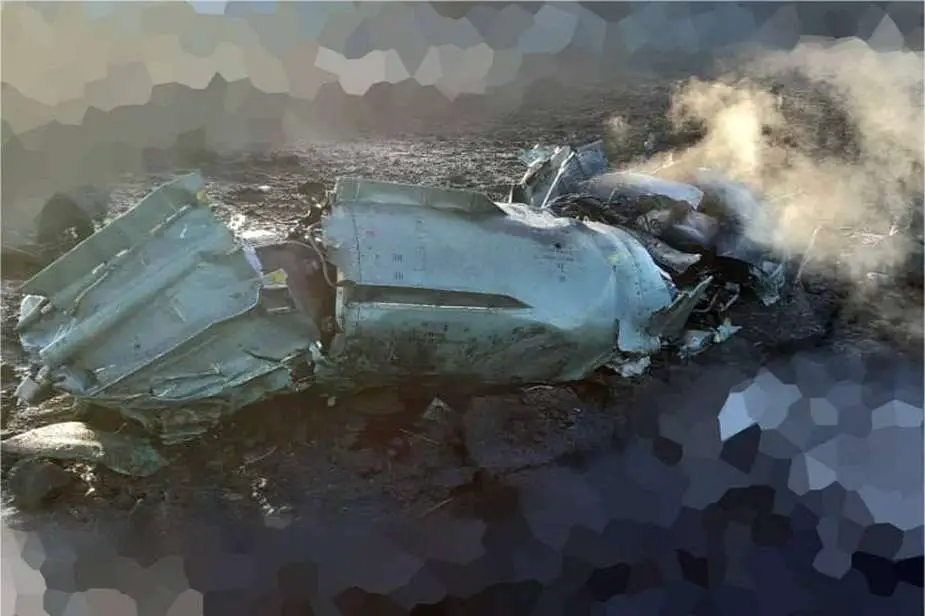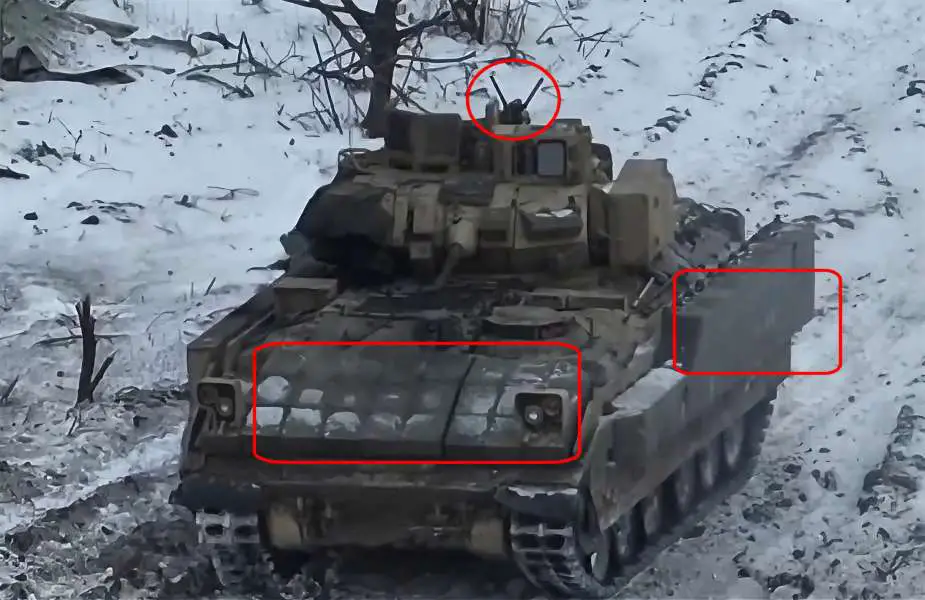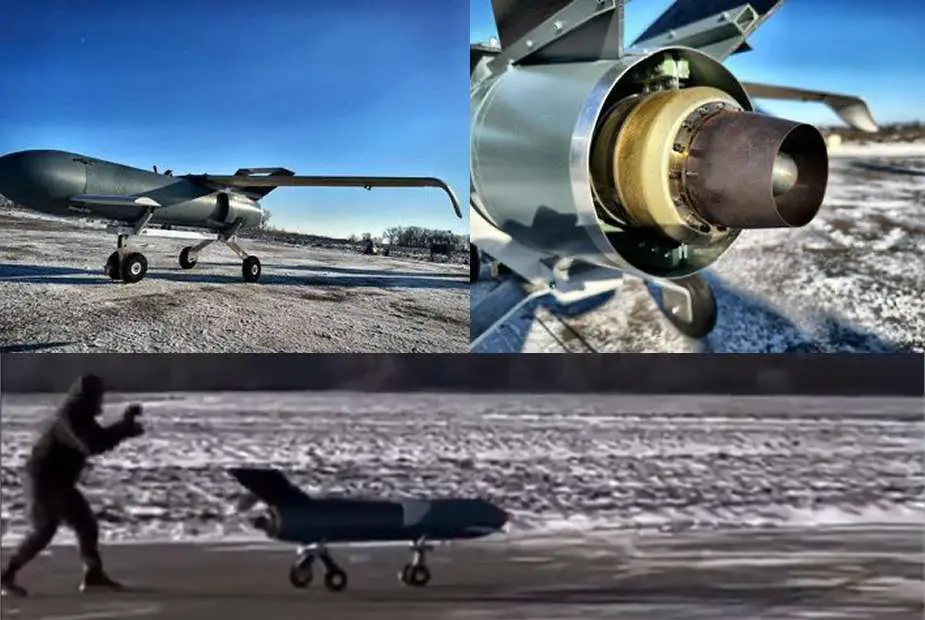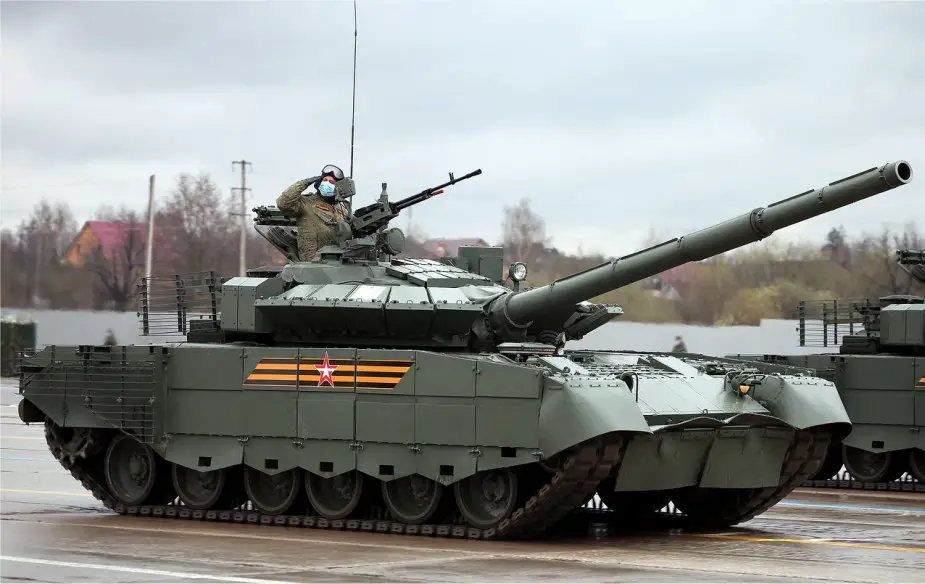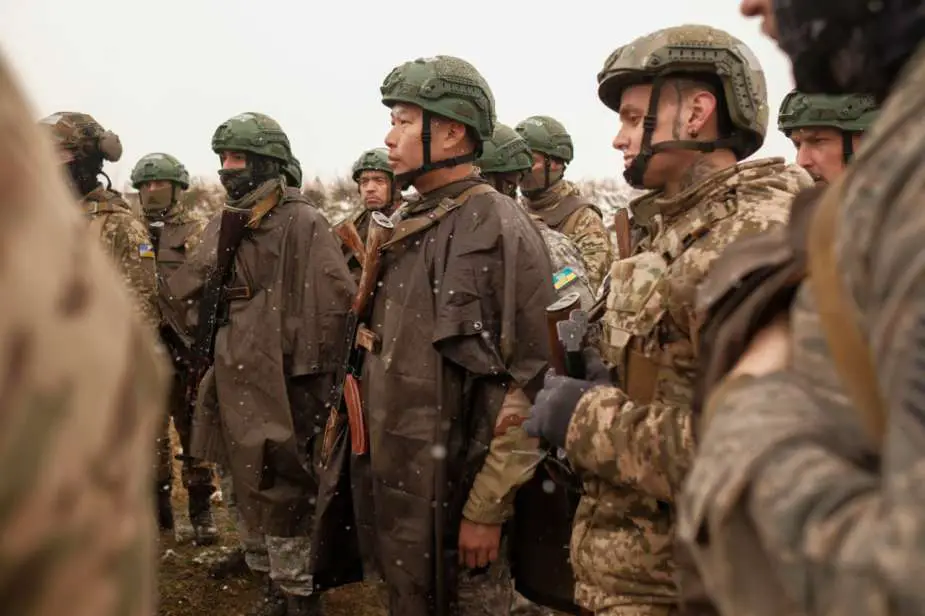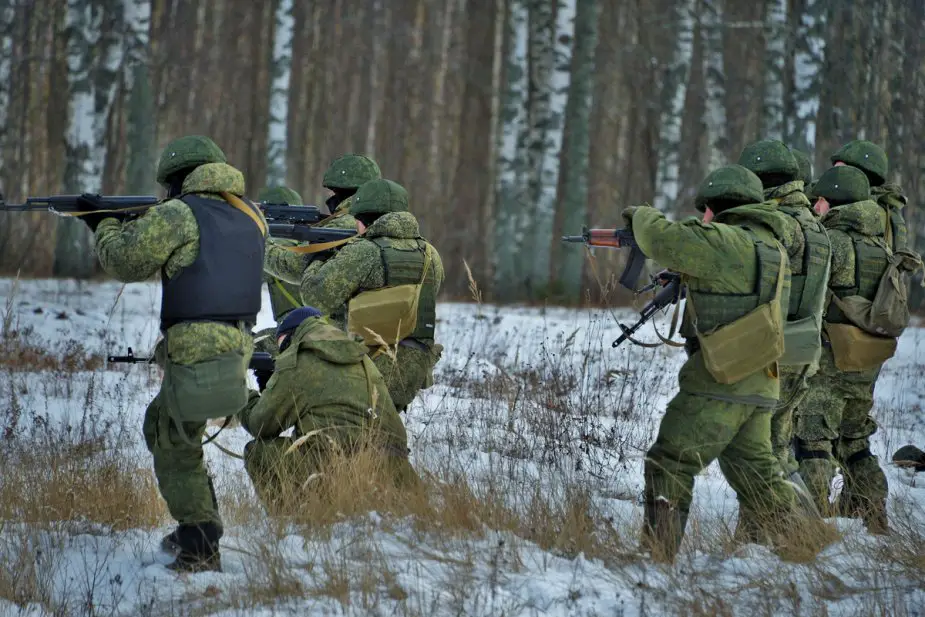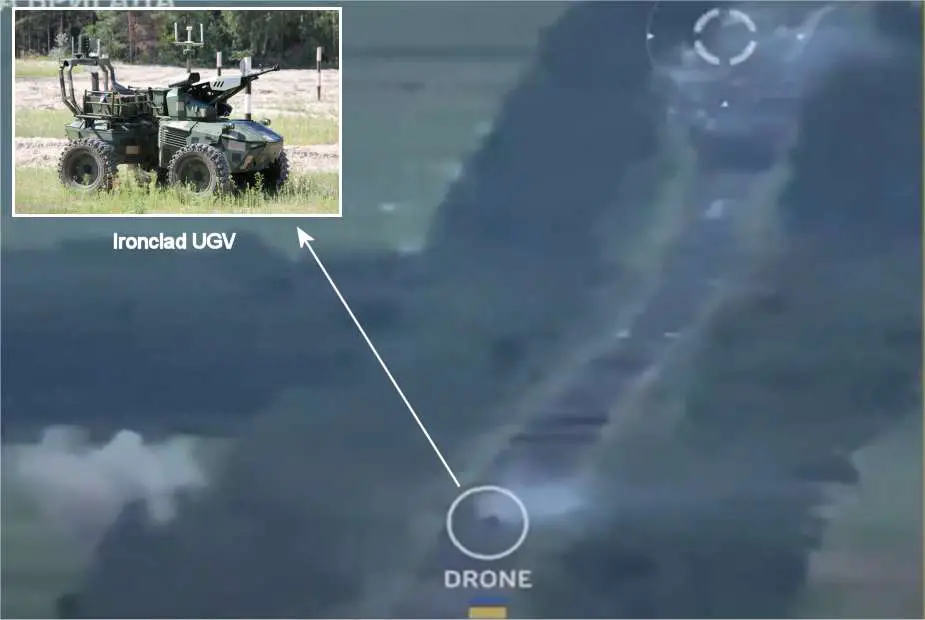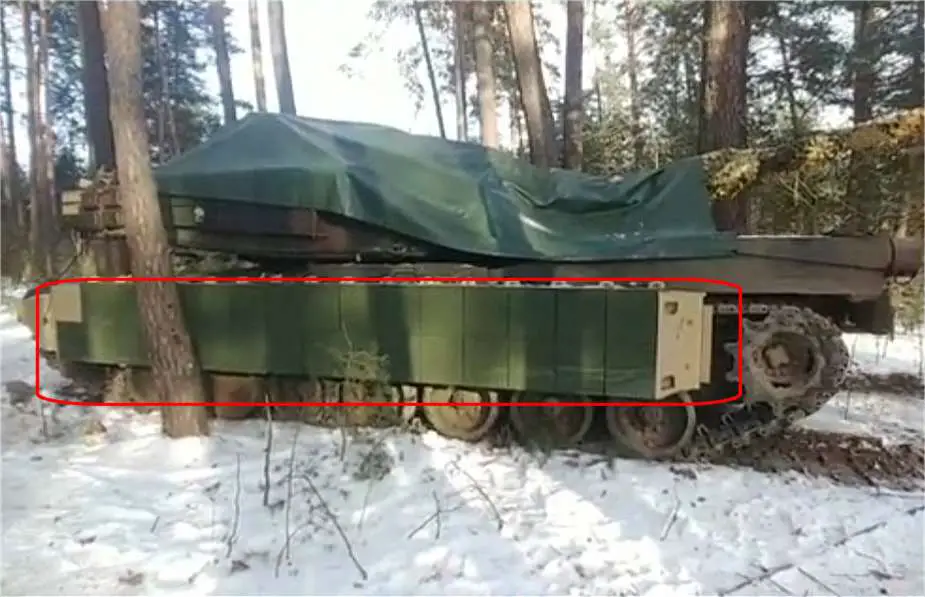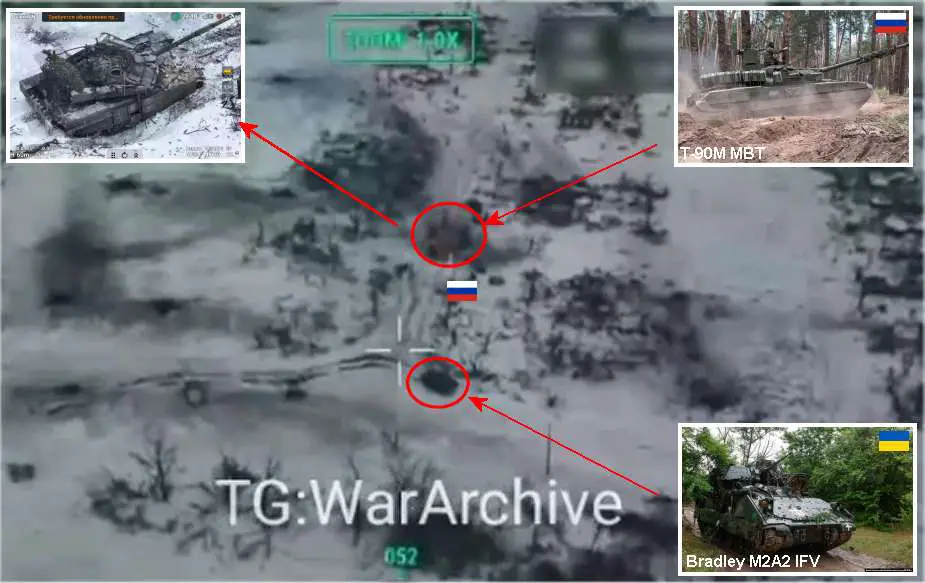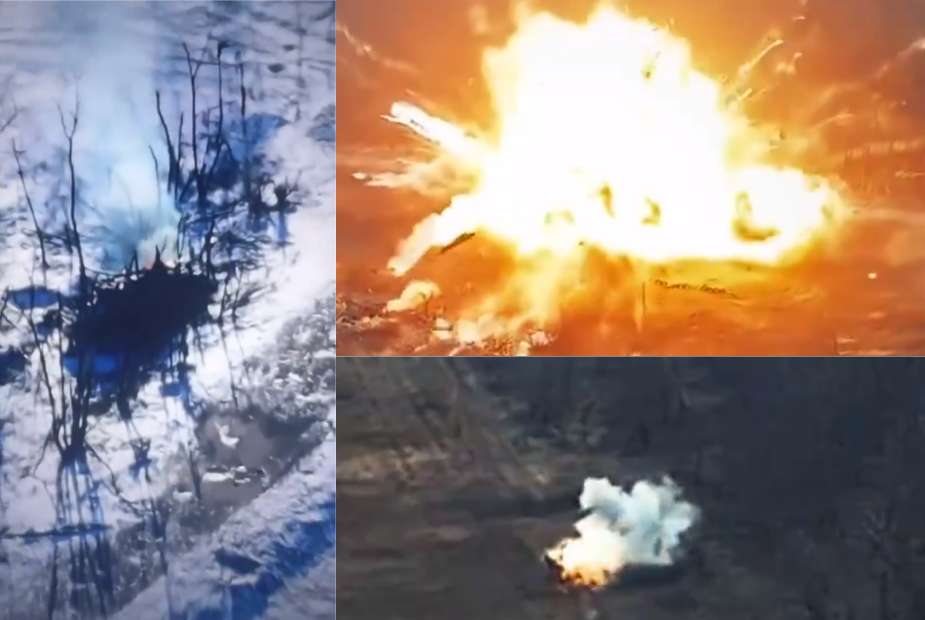- Posted On
During the Ukraine Defense Contact Group meeting on January 23rd in the Ramstein format, the Netherlands officially joined the IT coalition, a development reported by Ukraine's Defense Ministry on January 27th and confirmed by Maria Tril in Euromaidan. Led by Estonia and Luxembourg, this coalition is dedicated to supporting Ukraine's Ministry of Defense and the Armed Forces in the fields of IT, communications, and cybersecurity. The Netherlands has demonstrated its commitment by contributing a substantial 10 million euros, equivalent to over $10 million in funding.








